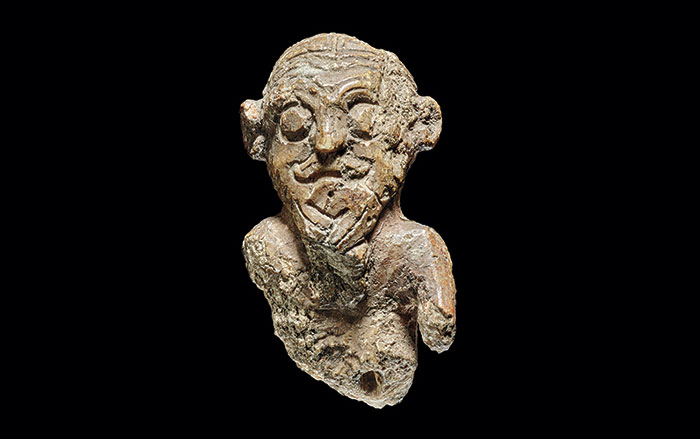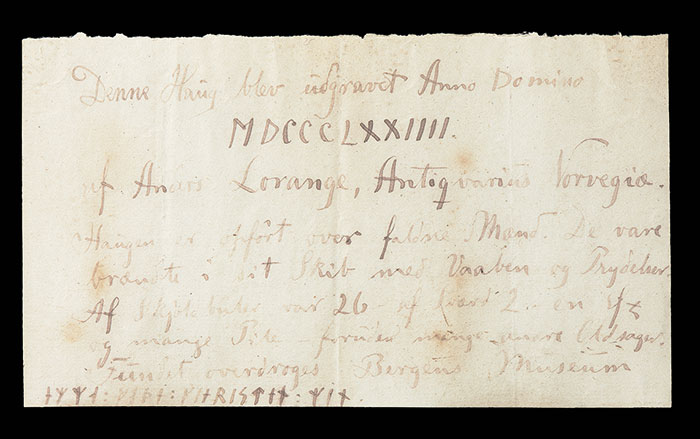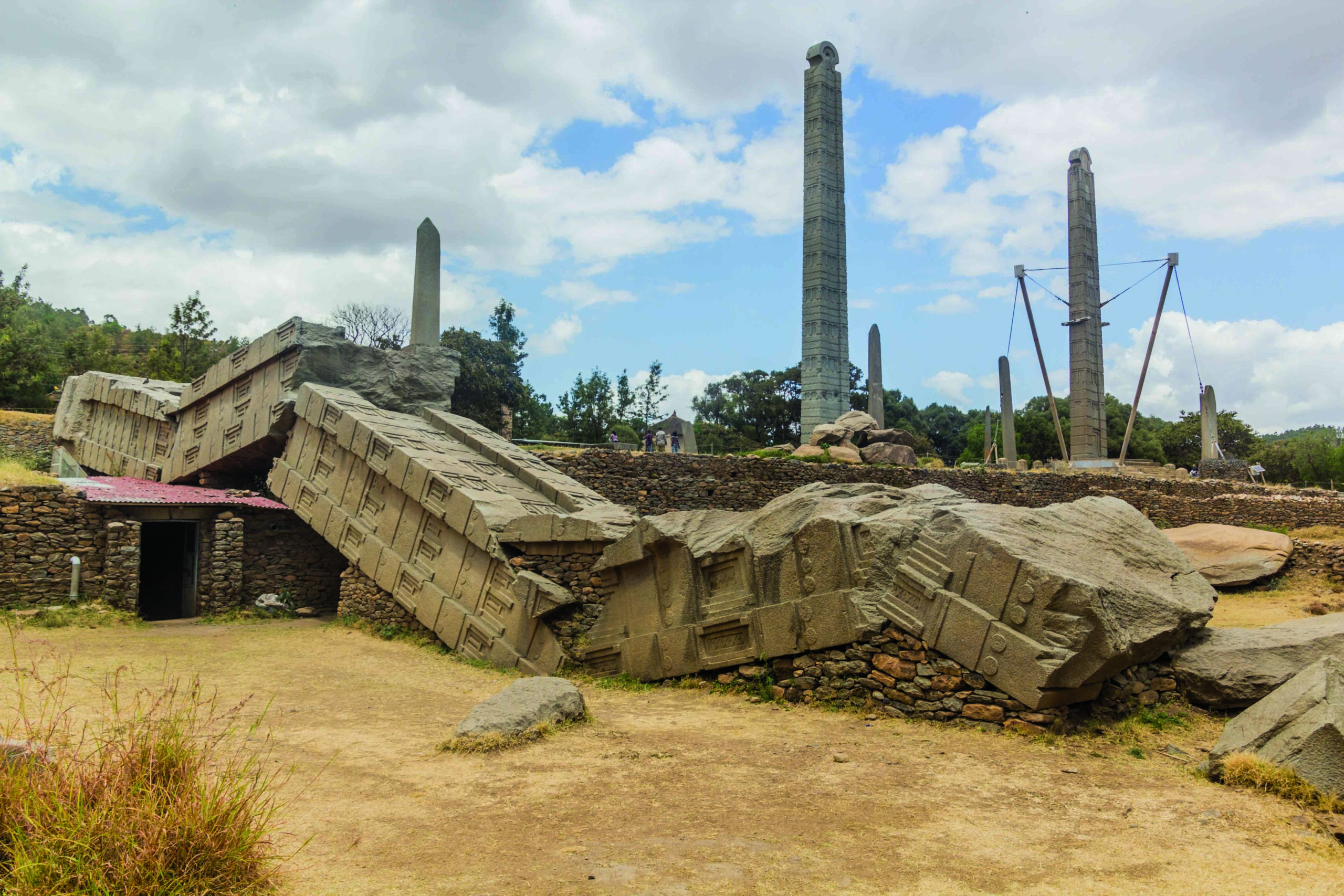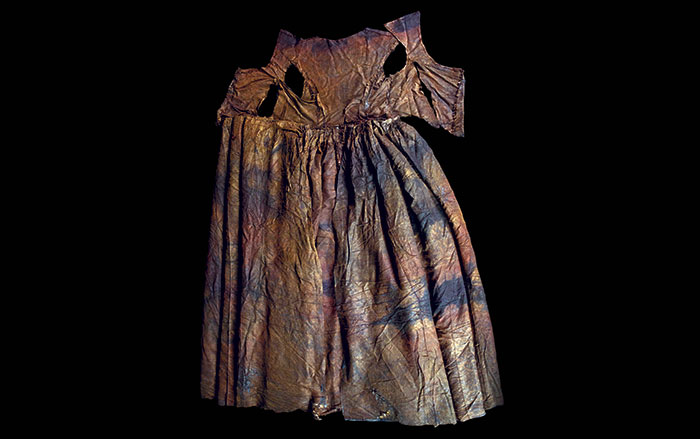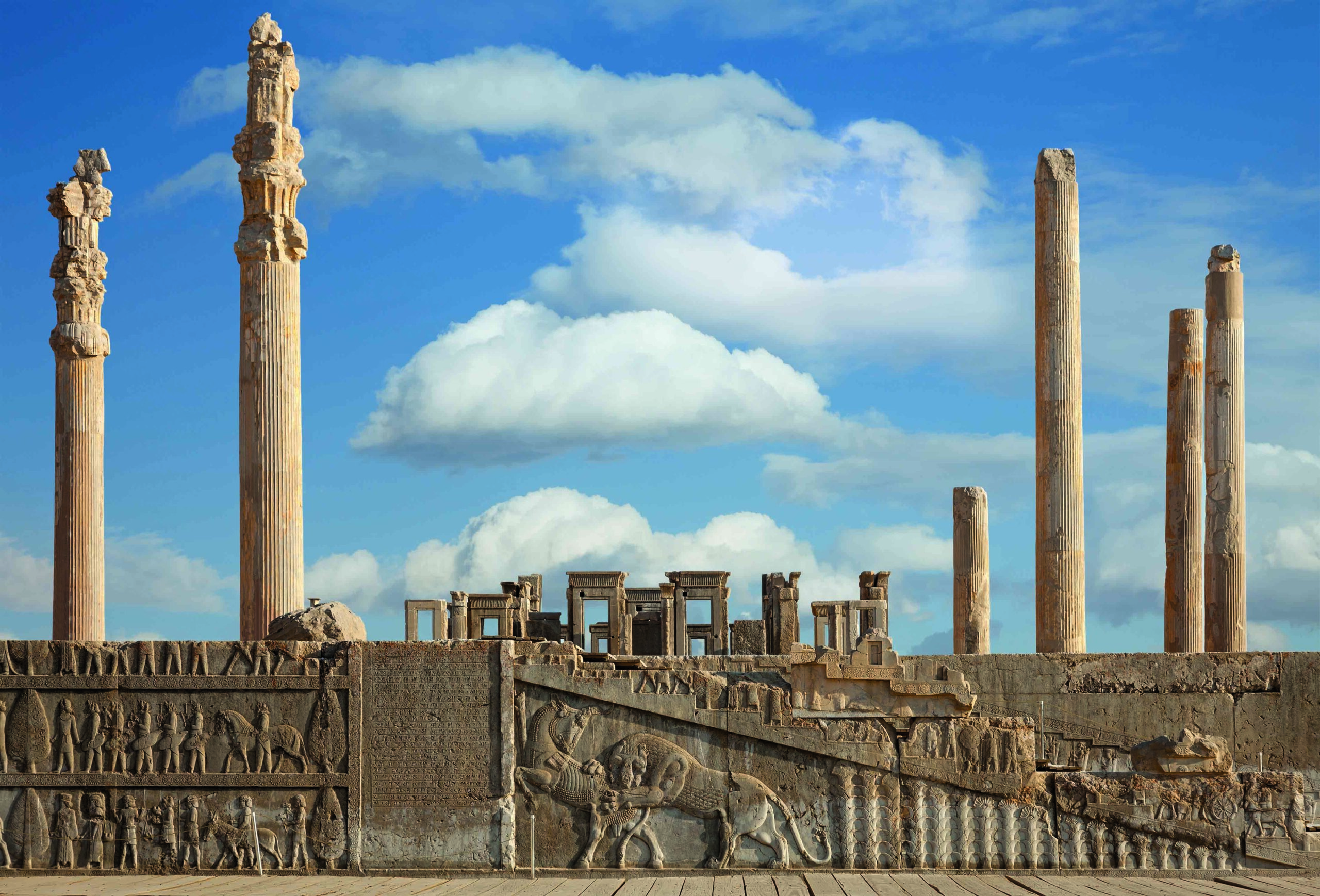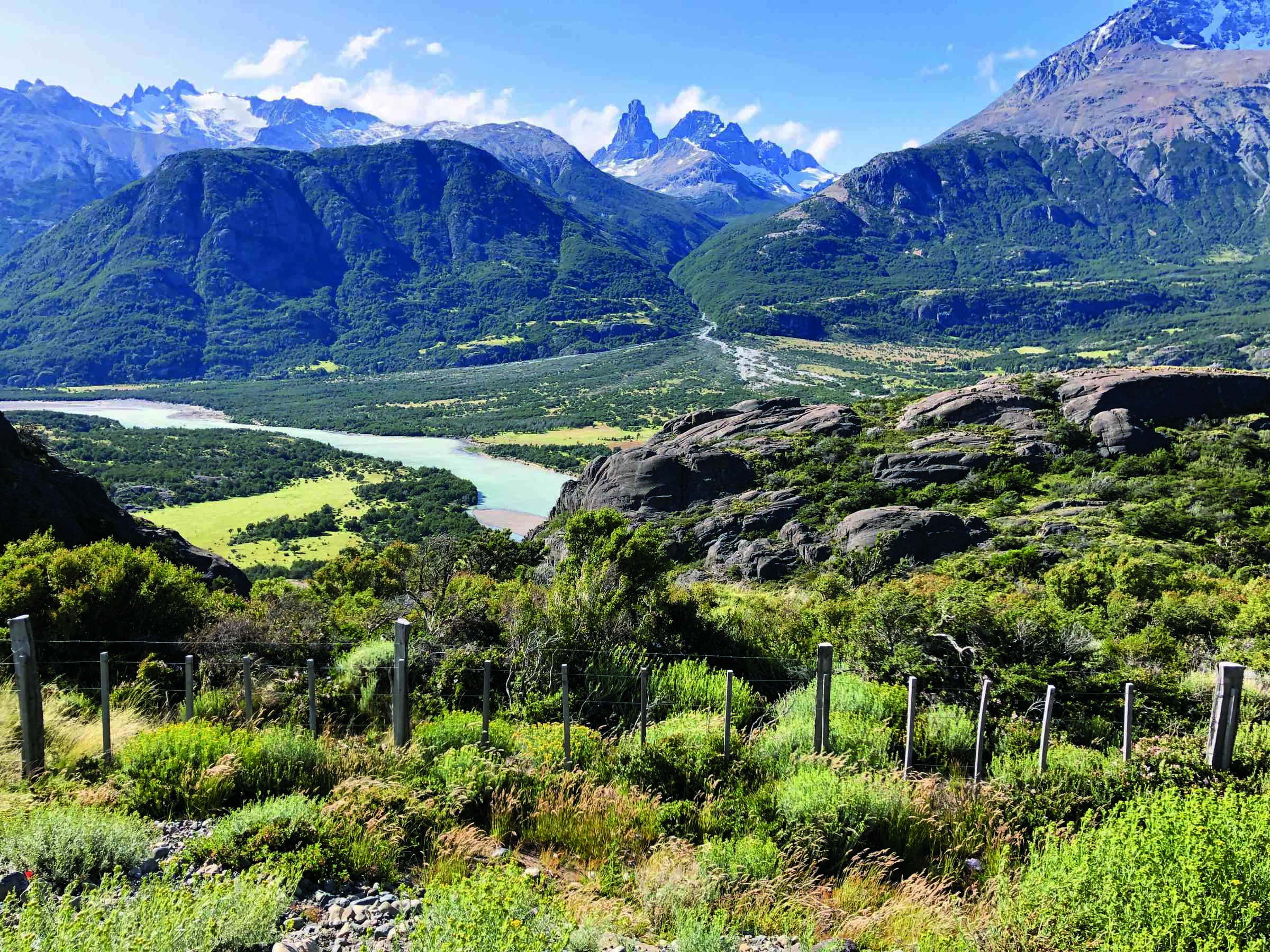
TRONDHEIM, NORWAY—According to a statement released by the Norwegian University of Science and Technology, archaeologist Silje Elisabeth Fretheim and her colleagues discovered small flint tools at a site near the coast of central Norway during an investigation conducted ahead of road construction. “Several had sharp edges that were so straight and parallel that they could have been made using a ruler,” Fretheim said. The first migrants to the region some 11,500 years ago have been traced back to what are now Spain and Portugal. Then about 1,000 years later, people from areas around what are now the Black Sea and Ukraine traveled north to Scandinavia. These tools were made by this group of migrants. But the two groups eventually mixed, Fretheim explained. “The people from the east brought new technology, while the people from the south knew the landscape and way of life along the coast, which must have been unknown to the people who arrived from the inland areas to the east.” Little evidence of the people from the east has been found, likely due to rising sea levels and the changing coastline. To read about the technique early Mesolithic people used to mine stone, go to "World Roundup: Norway."


